The Benefits and Practice of Indirect, Direct, and Alla Prima Painting Techniques
The Benefits and Practice of Indirect, Direct, and Alla Prima Painting Techniques
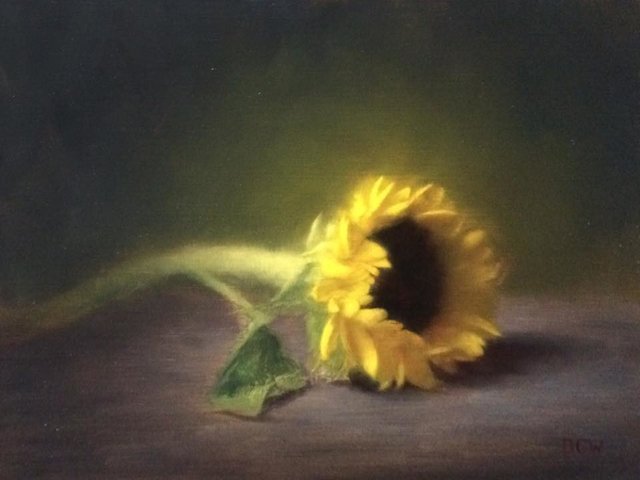
(Here's an Alla Prima painting done by Devin Cecil Wishing)
Greetings and salutations Everyone!
In today’s post I thought it would be a good idea to share and discuss the differences, benefits, and practices of various painting techniques that were developed all the way up to the late 19th century.
Some of these techniques I wanted to write about I might add were being discovered and integrated with the artist’s own practice at the time well before the beginning of the Renaissance.
Some of the characteristics of alla prima paintings I find to be appealing and sought after is their tendency to look almost effortless and where they retain a sense of vitality. The major goal with an alla prima painting is to aim for a direct finish in a single sitting. So it’s definitely a prerequisite to become comfortable in painting wet into wet. Personally speaking, this challenge alone is enough of an appeal for me. While alla prima painting has an air of simplicity and liveliness, however one must be aware that there are some things it can’t accomplish.
Here are some more examples from Devin Cecil Wishing
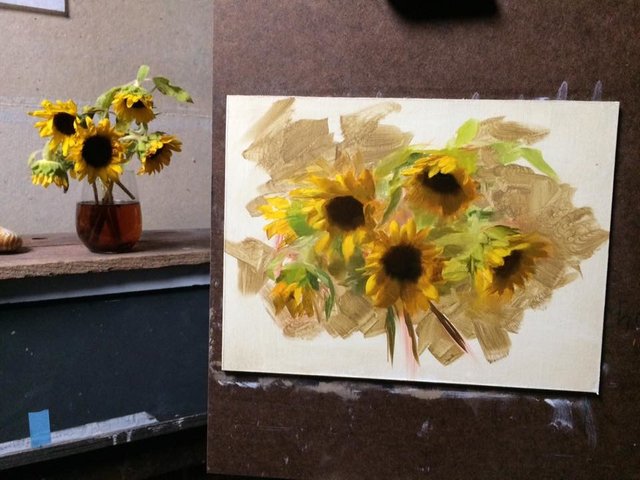
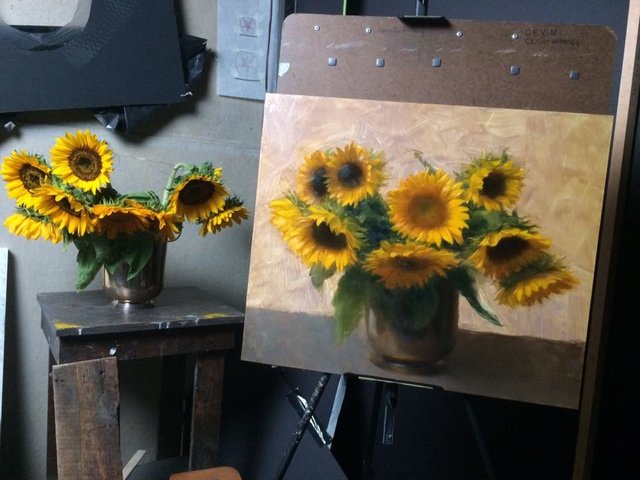
Besides for aiming in speed and accuracy with alla painting, direct painting is still very similar. Working directly takes advantage of the brushwork’s aesthetic value. In order to do this, one must apply paint in solid tone. Working in this manner, the painter and viewer can appreciate the sculptural quality in the paint handling. While sensitivity is key, one also has to be aware of the dangers of overworking the paint. John Singer Sargent for example, was known for completely scraping off or wiping the painting if the brushwork wasn’t exactly how he intended.
Keeping in mind while aiming for a finish while painting directly is ideal an highly effective, it is important I think to point out that when one paints directly long enough, it eventually turns into indirect painting.
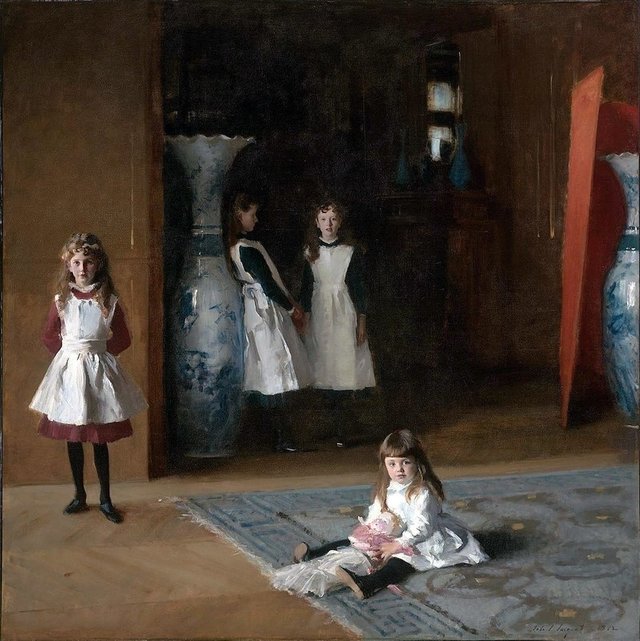
(The Daughters of Edward Darley Boit by John Singer Sargent)
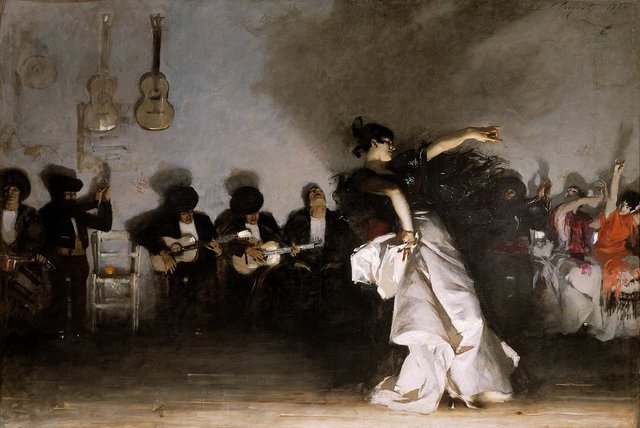
(El Jaleo by John Singer Sargent)
Painting indirectly can be more liberating in the sense where one has more room to work, Working in this way, the painter can leave the picture “open”, meaning it’s always developed in such a way where it can be corrected upon.
Shown below, are some progress shots of a cast painting of my own face I finished last year...
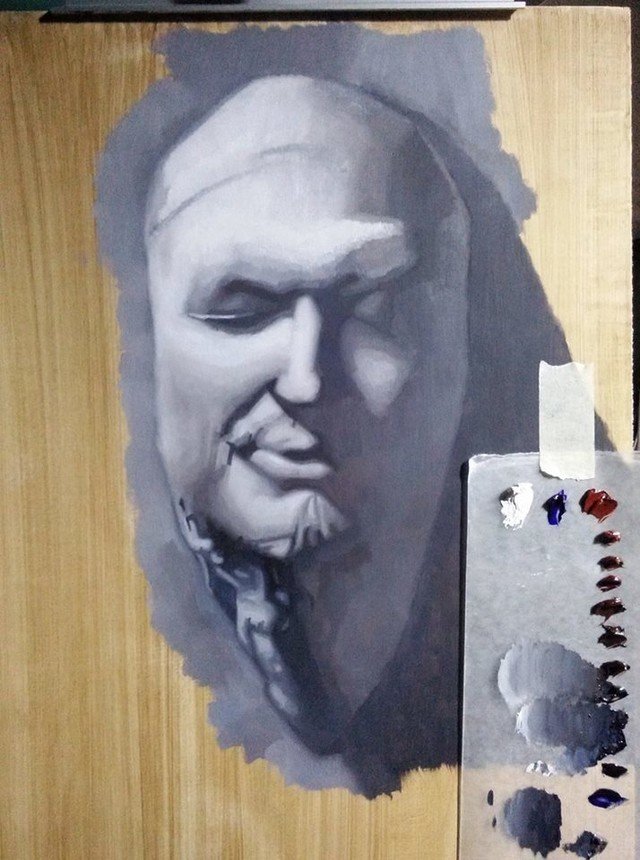
As you can see here, working indirectly allowed for me to work on this painting as a whole. As it slowly became more and more refined, I could make adjustments as needed.
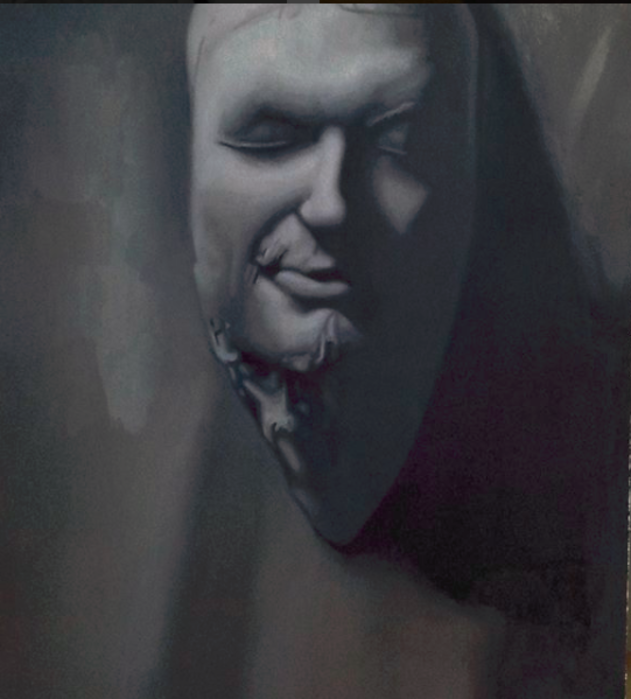
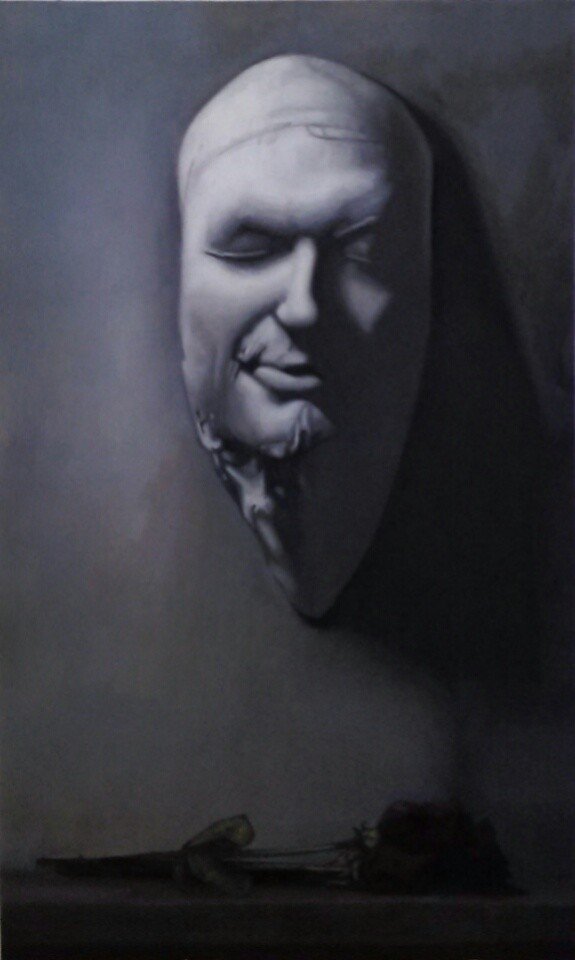
"Silent Lucidity"
Oil on birch
12" x 19"
2017
Indirect painting while slower and methodical, it can offer the advantage of using preceding paint layers to achieve a depth and luminosity. In order for this to work of course, the paint layers would have to be relatively thin with glazing in the darks and scumbling in the lights. Painting in this way can be rather time consuming in that one would have to wait until the work is dry before starting the next pass.
It would be a natural conclusion to consider the use of various mediums and driers. While these multiple paint layers are working in complete unison, they can achieve effects like no other!
Putting glazing and scumbling aside, working indirectly you can also achieve the effects of what is known as "broken color".
Here are a couple more examples of the results of the painstakingly methodical results from glazing and scumbling...
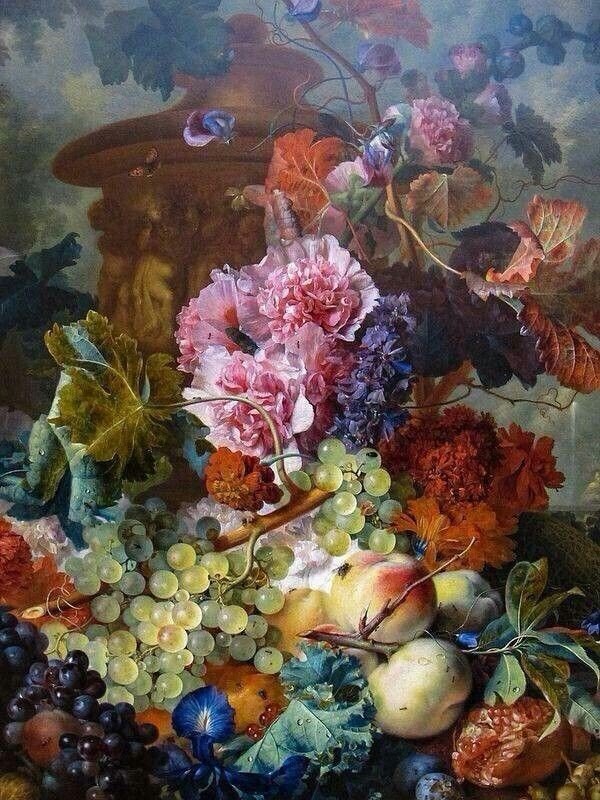
Jan van Huysum, Fruit Piece, 1722
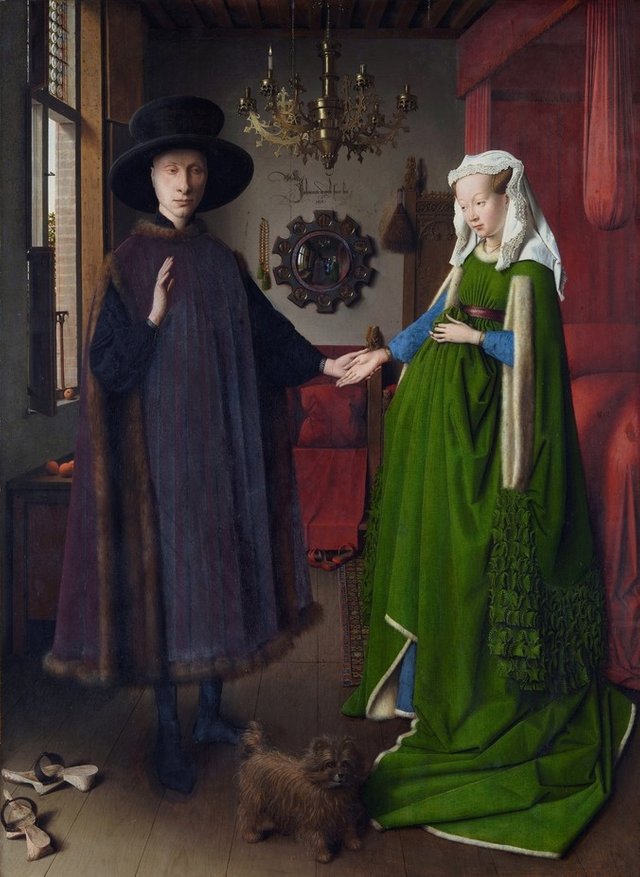
The Arnolfini Portrait by Jan van Eyck
So in conclusion I would like to recommend to every aspiring painter to take advantage of all these methods and to study them in depth. Be careful to not become locked in a single way of working as all these techniques have an advantage in their proper time and place. It doesn’t hurt to have an additional tool on your belt!
Please feel free to let me know what you think?
Thanks for reading Everyone!
-James Hansen
https://jameszenartist.weebly.com/
I want to see this type of content on Steemit. What a cool article - I'm so glad I had the chance to learn about this! Not being much a painter, but a lover of history, this made my night.
Thank you so much, I really appreciate that :) Please stay tuned as there will be much more like this to come!
Amazing work of art! I really appreciate it. Those are worth sharing so others like me who appreciates art can make it an inspiration. Great article. Two thumbs up! Cheers!
@beachpersona I'm glad you like them!
As a art student alum I feel like I never really had the time to dedicate myself towards and indirect painting. However I have a lot to be thankful for when doing all these allaprima works - I do feel very confident with wet on wet techniques and I feel it really pushes you to get colors mixed right and accurate on the first try. Although I'm excited to slow things down. Wonderful self portrait!
Thank you so much! Welcome to Steemit btw :)
Good work, keep it up. The texture does pop out.
Thank you so much! Yes, if there's one thing I really appreciate about alla prima is the emphasis in the brushwork creating an almost tactile experience :)
@jameszenartist, great work. Would you like to collaborate on a steemit art piece?
I suppose I'd be receptive to that :) What did you have in mind? What would it entail?
I really like your post.
Always upvote your posts.
Would you like to help upvote my posts?
Thank you for the great post...🙋
Thank you so much! I'm glad you liked it :)